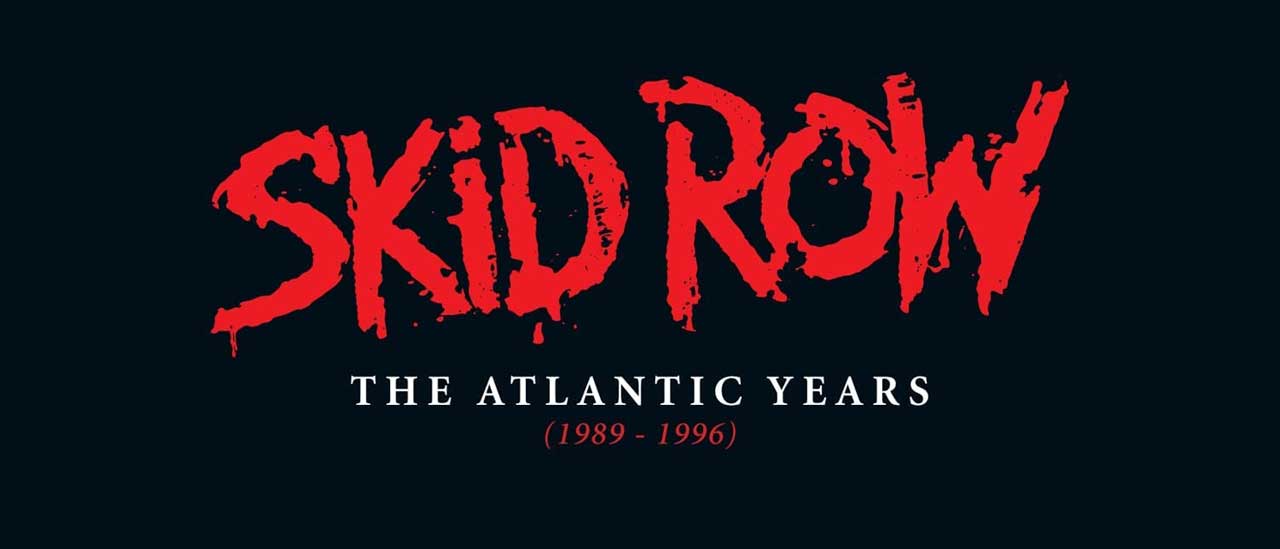New Jersey’s Skid Row exploded into public view in January 1989 with the release of signature tune Youth Gone Wild. The single barely charted, but the self-titled album that spawned it would sell over six million copies worldwide.
The back-story to the fairy tale? Skid Row’s founding guitarist Dave Sabo had been friends with Jon Bon Jovi since childhood, when the pair had promised each other that the first of them to enjoy success with their bands would help the other do the same.
Hence barely two years after forming, Skid Row had management with the Doc McGhee stable, an Atlantic Records recording contract, and were opening for Bon Jovi, Motley Crue and Aerosmith – then headlining arenas themselves. It was more than good connections, of course. Sabo’s energetic band had hit paydirt with livewire frontman Sebastian Bach.
Despite containing consecutive Billboard Top 10 hits in power ballads 18 And Life and I Remember You, Skid Row (9/10) was produced by heavy metal specialist Michael Wagener so often sounded like mid-’80s Judas Priest (notably Big Guns, Midnight Tornado).
In 1991, Quicksand Jesus and In A Darkened Room aside, second album Slave To The Grind (8/10) ignored commercial options and turned even heavier – an approach typified by Get The Fuck Out and Riot Act, which today sound like Appetite For Destruction out-takes.
Really, the first two albums are all you need here, but 1992’s five-song EP B-Side Ourselves (6/10) is a fun, if faithful, set of covers. Those are the Ramones’ Psycho Therapy, Hendrix’s Little Wing (oddly brought forward in the running order, whereas the original had it last), Kiss tune C’mon And Love Me, a live version of Priest’s Delivering The Goods (featuring Rob Halford) and Rush’s first album thrasher What You’re Doing.
Come the third album, Subhuman Race (4/10) – released in 1995 after a hiatus to avoid the grunge tsunami – the bubble had burst and the fifth and final Atlantic release, the seven-song live EP Subhuman Beings On Tour (5/10) was originally for Japan-only.
Subsequently, in 1996, the band grew tired of a singer seemingly unable to avoid poking hornets’ nests on stage and in interviews, so ended the fairy tale by replacing him. Now... go back to the first two albums, play and repeat.

